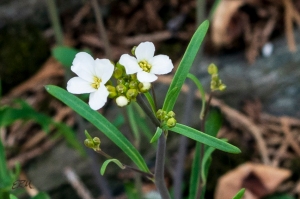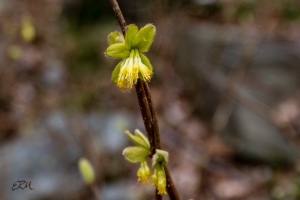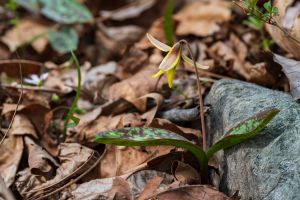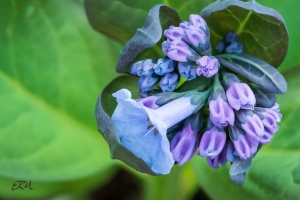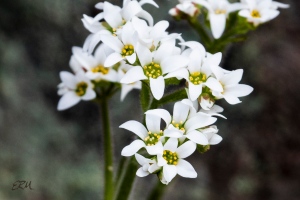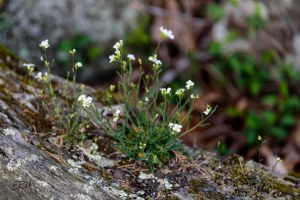Still no time to write anything substantial. Here are some yellow flowers, now (or recently) blooming in the Maryland piedmont.
a yellow haze of spicebush flowers (Lindera benzoin; Lauraceae)

another flowering shrub, leatherwood (Dirca palustris; Thymelaeaceae), S2/threatened in Maryland

trout lilies (Erythronium americanum; Liliaceae) will be blooming for another week or so in the Potomac gorge
Corydalis flavula (short-spurred corydalis or yellow fumewort; Papaveraceae)
one very early sessile bellwort (Uvularia sessilifolia; Liliaceae); watch for more in the next week or so in the gorge, maybe a week after that further north and west in the piedmont
masses of golden ragwort (Packera aurea; Asteraceae) are blooming now along the Potomac; watch for them on the eastern part of Billy Goat C
smooth yellow violet, aka yellow forest violet (Viola pubescens var. scabriuscula; Violaceae)





